Wedelia, Sphagneticola Trilobata Plant
₹350.00 ₹245.00
Wedelia is a mat forming perennial herb with rounded stems.
Description
Purchase Description
- Wedelia, Sphagneticola Trilobata Plant
- Product Material : Natural Plant With Pot , Quantity : 1
- Pot : Height : 5 Inches (13 cm), Pot Colour : Black (Plastic)
- Very easy to maintain and Suitable for gifting to Plant Lovers
Plant Description
Wedelia is a common weed problem in many parts of Florida. Introduced from tropical America, wedelia has been used in the landscape as a groundcover. People like wedelia because of its beautiful flowers and its fast growth habit. Quick to form a thick groundcover, wedelia is a Category II invasive in Florida. It is also considered a serious weed in agricultural settings in other countries.
Description
Wedelia is a mat forming perennial herb with rounded stems. Leaves are fleshy, usually 2 to 4 inches long and 1 to 5 inches wide, with irregularly toothed margins. Flowers are solitary, one inch in diameter and yellow-orange in color. New plants arise from nodes that root at the soil surface. Seed production is low and generally does not reproduce prolifically via seed. However, wedelia is able to escape from gardens to nearby areas via runners and fragmentation.
Impacts
Wedelia typically invades agricultural areas, along roadsides and trails, along streams, waste places, and disturbed sites. A dense thicket of vegetation forms which crowds out native and other plant species. This prevents regeneration and growth of desired species.
Management
Preventative
The first step in preventative control of wedelia is to limit the planting and removal of existing plants within the landscape. Take care when dumping vegetation to prevent the regeneration and spread.
Cultural
Plant native or non-invasive alternatives.
Mechanical
Mowing or slashing of wedelia infested areas should be avoided. This may cause the development of new plants. Uproot the weed from the areas where it grows, followed by an application of glyphosate on the infested area. The sites will need to be rechecked to insure that it has been successfully eradicated, and sprays applied to the whole site when any plants are found. Young seedlings and small plants may be hand pulled, but be sure to remove roots and rhizomes.
Biological
Wedelia spp. has no known biological control agents.
Chemical
Small patches may be treated with a 2% solution of glyphosate while large, dense populations may require a 5% solution. Follow-up treatments should be conducted as needed. Triclopyr at 1-2% is also effective.
Disclaimer: The image is for reference purposes only. The actual product may vary in shape or appearance based on climate, age, height, etc.
Only logged in customers who have purchased this product may leave a review.

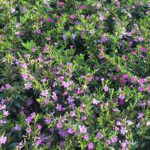
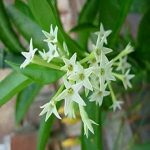
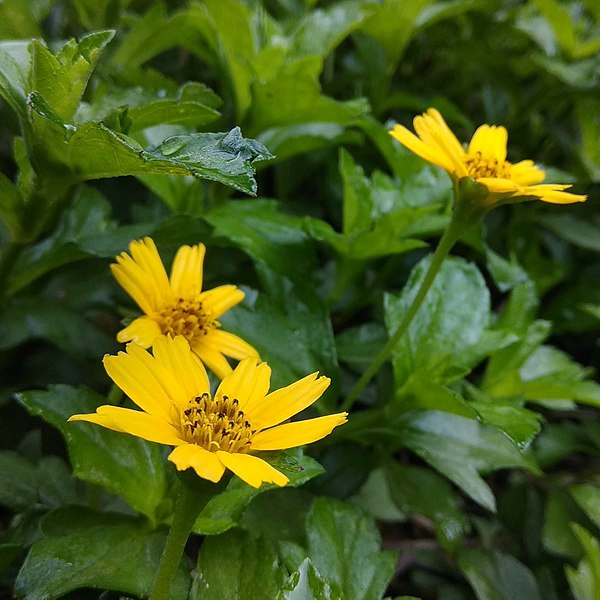
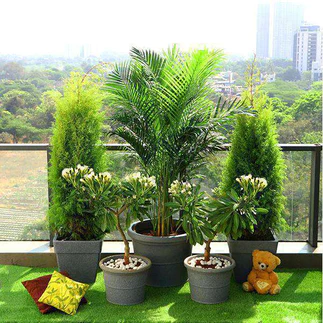
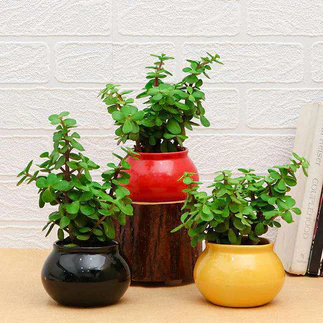
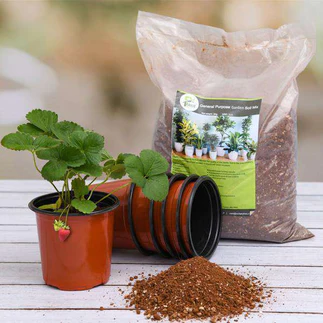
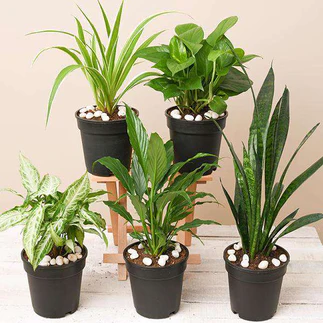
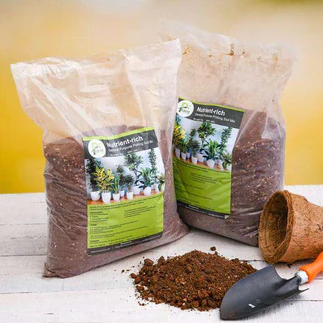
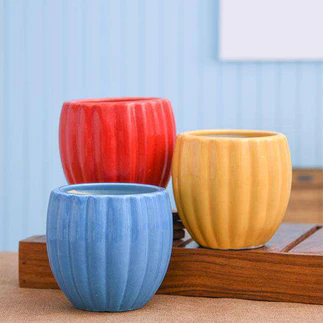
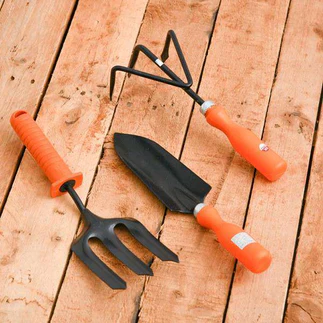
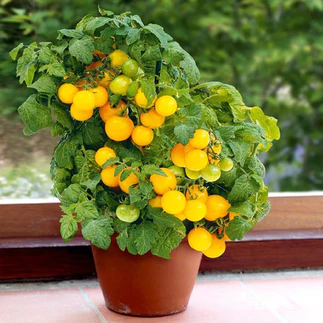
Reviews
There are no reviews yet.